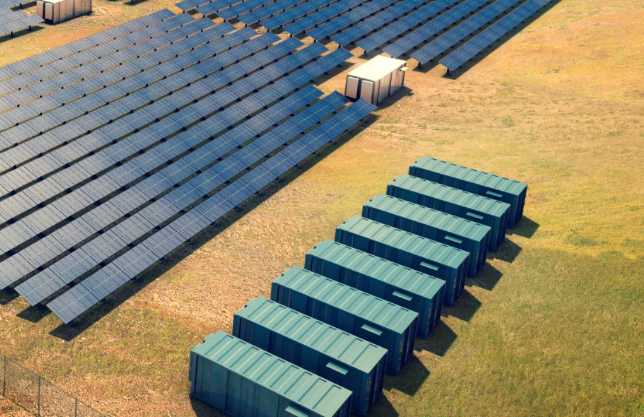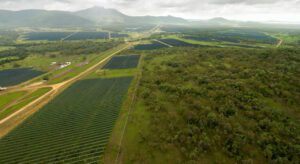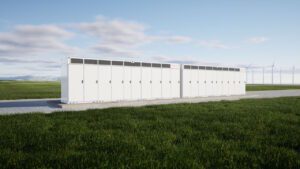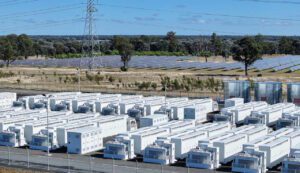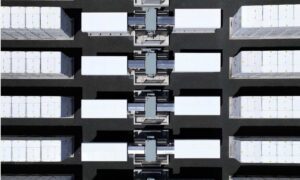Lyon Group’s David Green – which worked on developing a soon-to-be built 30MW solar plant and 1.4MW/5.3MWh lithium battery storage facility near Cooktown, in far north Queensland, before selling it to German-based company Conergy – plans a series of other projects and claims a pipeline of more than 300MW of solar and up to 60MW of battery storage.

The first new project is planned for South Australia, with a 100MW solar PV plant to be combined with a battery storage array of up to 40MW, Green says the plant could be in operation near Roxby Downs by early 2018, and there are plans for other similar projects around the country.
The first stage of what is known as the Kingfisher project – 20MW of solar PV plus a minimum 2MW battery storage – is expected to be running late next year.
The project is one of the finalists in the Australian Renewable Energy Agency funding round for large scale solar, which is expected to allocate monies to 10 or more projects when decisions are announced next month.
Green says the company – which has previously invested in coal, gas and wind projects, but is now specialising in solar and storage – is looking to be a global industry leader in solar plus storage.
“The genie is out of the bottle. There will be a burst of activity now in large scale solar + battery projects. This is the real battery storage story coming out of Australia – batteries used to convert large scale solar to effectively baseload, or peaking plant.”
The combination of solar and storage means the facilities can compete on two levels – providing clean energy and dispatchable power, either to household or large energy users, and also re-enforcing the edge the grid, in some cases avoiding the costs of grid upgrades.
“The battery component of these projects provides greater energy security and energy quality, load shifting and management of ramp rates which is critical for major energy users with large swing loads,” Green says.
“So our pipeline initially focuses on regional, high energy use areas on the fringe of the electricity grid but is rapidly expanding into other areas.”
Lyon says that battery storage costs are falling fast – the cost of storage had fallen 60 per cent in the last two years as the company put together the Cooktown project, and further falls are expected, particularly in grid level storage.
Because of this, the combination of solar and storage is now becoming competitive with the wider grid, particularly when network benefits are taken into account. He says corporate interest is keen, although many are wary about the risks of new technology.
“Investor pressures and economics are lining up and Lyon is working with a number of large resource companies with fringe of grid operations and large loads,” he says.
“The economics of the projects is enhanced as the combination of large scale battery with the solar plant allows for higher value capture from shifting power output from the solar plant to higher price periods in the market.”
The Kingfisher project is one of a number of large scale solar projects being proposed for South Australia, particularly since the closure of the Northern brown coal power station. Several, including a 110MW solar tower power plant, will offer storage, a growing need in a state now sourcing nearly half of its electricity from wind and solar.
The idea for Kingfisher is to connect into the NEM at Roxby Downs, into a line that links with working mine sites, including Olympic Dam.
Green says the South Australian market is attractive because of its excellent solar resources, its high “base load” power prices, and it could also avoid costly upgrades of networks at the fringe of grid.
“South Australia needs an answer to its renewable energy challenges and we think our Kingfisher project is a big part of the energy solution for that state.”
Green says providing reliable electricity to these areas has traditionally meant massive investment in extremely long network lines which is costly and also inefficient because of the huge energy loss and loss of energy quality you get transporting electricity across those distances.
Green says one of the biggest challenges to the technology is to overcome perceived risks.
“There is a lot of negative comment about renewables connected to the grid. What we looking to do with these projects is to demonstrate that some of those comments being made are not valid. We want to demonstrate that those perceived risks are not risks. They are readily mitigated and should be an impediment to deployment at all.”

